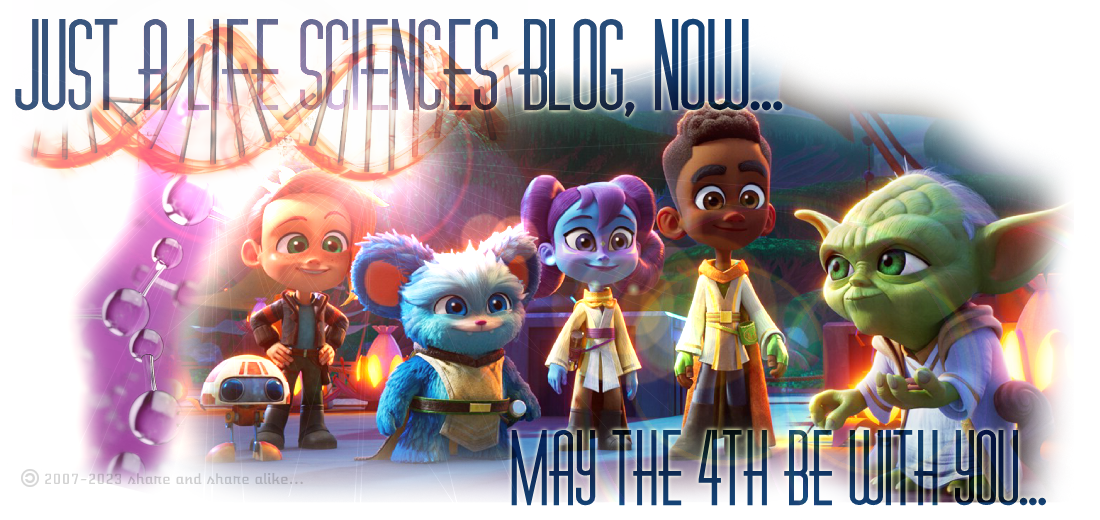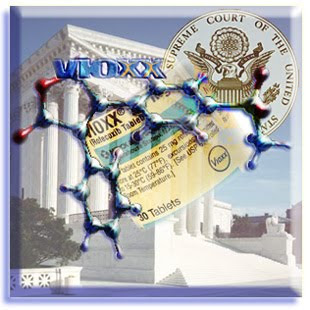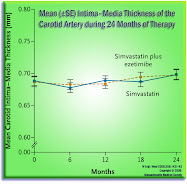There's a very elegant, graceful explanation for how Pluto came to show a vast heart shape -- on its lower surface (as imaged in New Horizon's flyby of 2015). Get this:
. . .Now, researchers believe they've uncovered the origin of this cosmic Valentine. The heart, they report today (April 15) in the journal Nature Astronomy, was formed in a slow-motion, glancing collision with an icy rock wider than [Tennessee] is long.
The researchers determined this scenario by using computer models to simulate the impacts on Pluto's surface and the resulting formations. Pluto's heart, scientifically known as Tombaugh Regio, gets its light coloration from nitrogen ice. Impacts between icy bodies in the far reaches of the solar system aren't like those closer to the sun, said study co-author Erik Asphaug, a professor at the University of Arizona's Lunar and Planetary Laboratory. . . .
Led by Martin Jutzi, a senior researcher at the University of Bern in Switzerland, the team used a simulation method called smoothed particle hydrodynamics to test various angles of collision and sizes of impactors to learn which dynamics would lead to the formation of Sputnik Planitia, the western portion of Pluto's heart. This roughly 800-square-mile (2,000 square kilometers) region sits about 2.5 miles (4 km) lower than its surroundings. . . .
The icy rock that hit Pluto was probably around 454 miles (730 km) in diameter, the study authors said. Because of Pluto's icy core, the impact did not melt and liquefy portions of the planet as might happen in an impact in warmer climes, allowing the impacting body to sink into the planet's core.
Instead, the impactor likely flattened on Pluto's surface. Even now, it may sit just under the smooth nitrogen ice that covers Sputnik Planitia. . . .
We covered it, back then -- mostly whimsically -- but now we know the planetary science origins of such a strikingly beautiful feature: A long-lived, subtle heart-ache -- from a slow motion collision that long ago went. . . awry. Poetic, indeed.
नमस्ते

















No comments:
Post a Comment